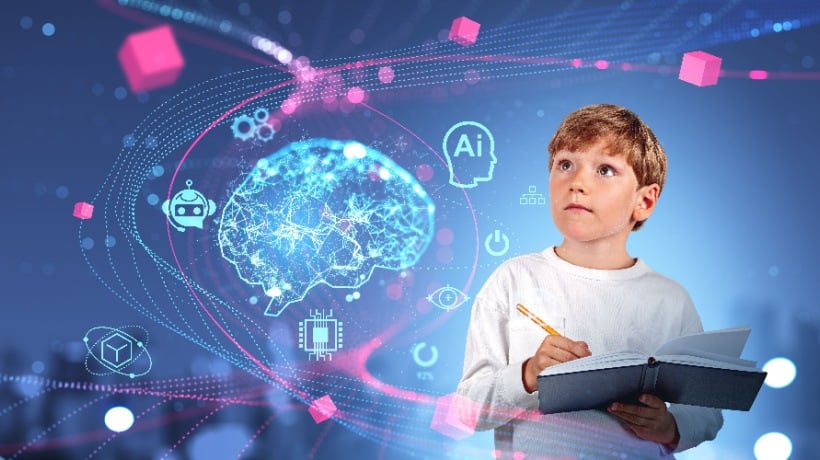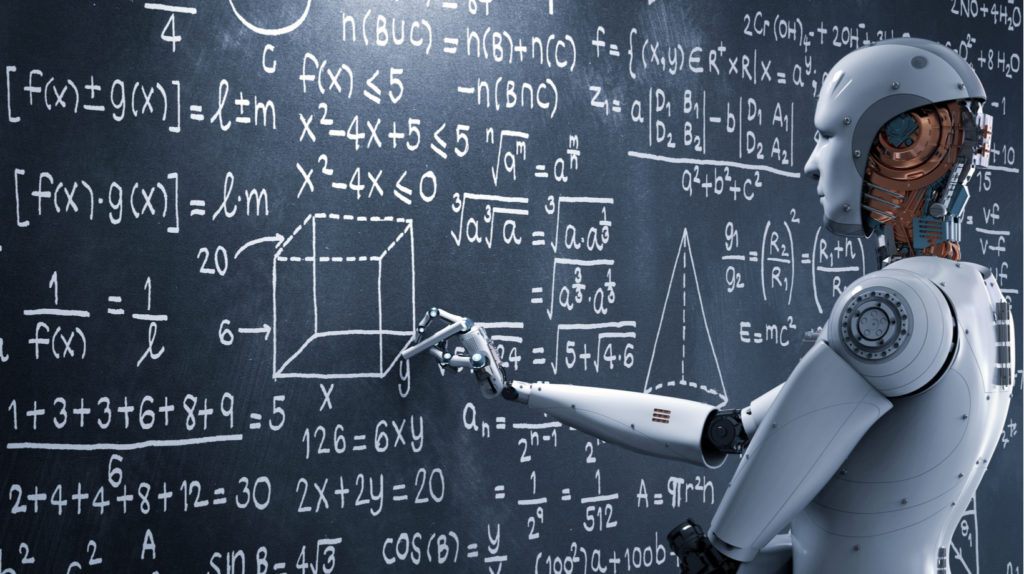Artificial Intelligence (AI) is changing education. It’s making learning more effective.
In today’s digital age, AI is not just a buzzword but a transformative force in classrooms. Both students and teachers are experiencing its impact daily. From personalized learning paths to efficient grading systems, AI is enhancing education in ways we could only dream of a few years ago.
It offers new opportunities for engagement, support, and efficiency. This blog will explore five specific ways AI is reshaping education for students and teachers. By understanding these changes, we can better appreciate the potential of AI in our educational journey. Let’s dive into the fascinating world of AI in education.
Personalized Learning
AI helps create a custom curriculum for each student. It checks what students know and what they need to learn. This keeps students engaged and makes learning fun. Each student gets the help they need. No more one-size-fits-all teaching. Every lesson fits the student’s level.
Adaptive platforms change lessons based on student progress. These platforms track how well students understand topics. If a student struggles, it offers extra help. If a student excels, it offers harder problems. This keeps students challenged but not overwhelmed.
Teachers can also see these reports. It helps them know which students need more attention.
Stay ahead in the world of online learning—discover how AI is reshaping education in 2025!

Credit: www.geeksforgeeks.org
Enhanced Student Engagement
AI helps create interactive lessons that keep students interested. Students can ask questions and get answers quickly. These lessons often use videos and animations.
This makes learning fun and easy to understand. Teachers can also track how well students are doing. They can see where students need more help. This way, lessons can be tailored to each student’s needs.
AI brings games into learning. This method is called gamification. Students earn points and rewards for their progress. Games make subjects more exciting.
They also help students stay focused. Students enjoy learning more when it feels like playing. Gamification can also help with difficult subjects. It makes learning less stressful and more engaging.
Efficient Administrative Tasks
AI helps teachers grade papers fast. It checks answers quickly. This saves time. Teachers can focus on students more. Mistakes are fewer. AI grading is fair. All students are graded the same way.
AI helps plan school schedules. It makes sure classes do not overlap. Teachers and students know their time. It reduces confusion. AI also helps with class changes. Fast and easy.

Credit: elearningindustry.com
Improved Accessibility
AI tools help students with special needs. They offer personalized lessons. These tools adjust to each student’s pace. This makes learning easier. AI also helps teachers understand student needs better. They can create custom plans for each child. This ensures no student is left behind.
AI translation tools break language barriers. They help students learn in their own language. This is very useful for non-native speakers. Teachers can also use these tools. They can communicate better with students from different backgrounds. This makes education more inclusive and accessible.
Explore the revolutionary ways AI is transforming online learning platforms for a smarter future
Data-driven Insights
AI provides personalized learning experiences, making lessons more engaging. Teachers benefit from automated grading, saving valuable time. Data-driven insights improve teaching methods, enhancing student success.
Performance Analytics
AI helps track student performance. It collects data from tests and quizzes. Teachers can see who needs help. Progress reports are easy to read. They highlight strengths and weaknesses. This helps in making better teaching plans.
Predictive Modelling
AI uses past data to predict future outcomes. It can foresee who might fail or excel. Teachers can intervene early. This helps students stay on track. Personalized advice becomes possible. Everyone gets the right support at the right time.

Credit: elearningindustry.com
Virtual Classrooms
AI helps students learn from any place. This is great for students far away. They can attend school from their home. Teachers can also teach from any location. This makes learning flexible. Students do not miss classes. No need to travel long distances.
AI creates virtual worlds for learning. Students can explore new places. They can visit ancient cities. They can even travel to space. This makes learning more fun. It also helps students understand better. Learning becomes an adventure.
Professional Development
AI helps teachers learn new skills quickly. Online courses use AI to offer personalized lessons. Each teacher gets lessons that fit their needs. This way, teachers can improve fast.
Teachers use AI tools to practice new teaching methods. These tools give instant feedback. Teachers learn what works best in the classroom. This makes teaching more effective.
Collaborative Learning
AI tools help students connect with each other. They can share ideas and learn together. It creates a strong learning community. AI can also match students with similar interests. This makes group study more fun and effective.
AI helps manage group projects. It assigns tasks to each member. This keeps the project organized. AI tools track progress and send reminders. They make sure everyone is on the same page. This improves teamwork and efficiency.
Don’t miss the future of education—learn how AI-powered platforms are changing how we learn.
Frequently Asked Questions
How Is Ai Enhancing Personalized Learning?
AI tailors educational experiences based on individual student needs and learning styles. It provides customized content and adapts in real-time to improve learning outcomes.
What Role Does Ai Play In Grading?
AI automates the grading process, saving teachers time and providing quick, accurate assessments. It ensures consistent and unbiased evaluation.
Can Ai Help Students With Disabilities?
Yes, AI offers tools that assist students with disabilities. It provides accessible learning materials and supports various learning needs effectively.
How Does Ai Improve Teacher Efficiency?
AI handles administrative tasks, freeing teachers to focus on instruction. It offers insights into student performance and assists in lesson planning.
Conclusion
AI is transforming education for both students and teachers. It personalizes learning and boosts engagement. Teachers find it easier to track progress and identify gaps. Students enjoy interactive and adaptive learning experiences. AI tools support collaboration and creativity in the classroom.
Education becomes more efficient and accessible for everyone. Embrace these AI advancements and enhance your educational journey.
